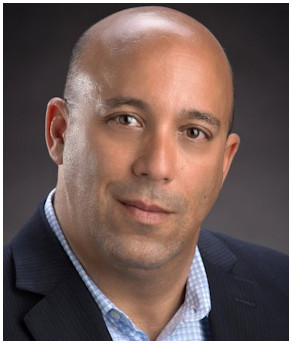Study: Rural hospitals struggling despite government program
Research has shown that there are many factors that affect rates of medical malpractice in hospitals. For instance, lack of sleep causes doctors to be more accident prone, and that lapses in communication also lead to instances of medical malpractice. A new study published earlier this month suggests that geography could also play a role.
The study found that death rates increased at many rural hospitals over the past decade while mortality rates at other hospitals were on the decline. The study’s lead author said the results indicate that rural hospitals are continuing to fall behind even though some receive special treatment from the federal government.
In fact, for the past 15 years, Congress has done what it can to help support so-called “critical-access” hospitals. Close to 25 percent of rural hospitals qualify for a program that pays more through Medicare and allows other breaks, one of which excludes the hospitals from patient-outcome reporting requirements.
The critical-access program began in 1997 as a way of preventing hospital closures in rural areas. In 2011, there were 1,331 hospitals throughout the country that qualified for the program, which provides health care costs for Medicare patients plus 1 percent extra. The Medicare program pays about $8 billion per year to these hospitals, which are found in most states, including Ohio.
However, the recent study found in the Journal of the American Medical Association discovered that the critical-access hospitals may still not be performing up to par. Back in 2002, mortality rates at these hospitals for Medicare patients with heart attacks, heart failure and pneumonia were similar to non-program hospitals, but things have changed since then.
The mortality rate at critical-access hospitals rose by about 0.1 percent each year since then, and reached 13.3 percent in 2010, the study showed. This pattern occurred while the mortality rate at other hospitals dropped by about 0.2 percent each year, and averaged 11.4 percent in 2010.
The co-authors of the study concluded that the problem likely stems from the fact that rural hospitals are having a harder time keeping up with improved technology and the aging population. Unfortunately, the more lenient treatment by the critical-access program likely doesn’t help, the authors said.
Source: The Lincoln Journal Star, “Death rates rise at geographically isolated hospitals, study finds,” Jordan Rau, April 7, 2013




